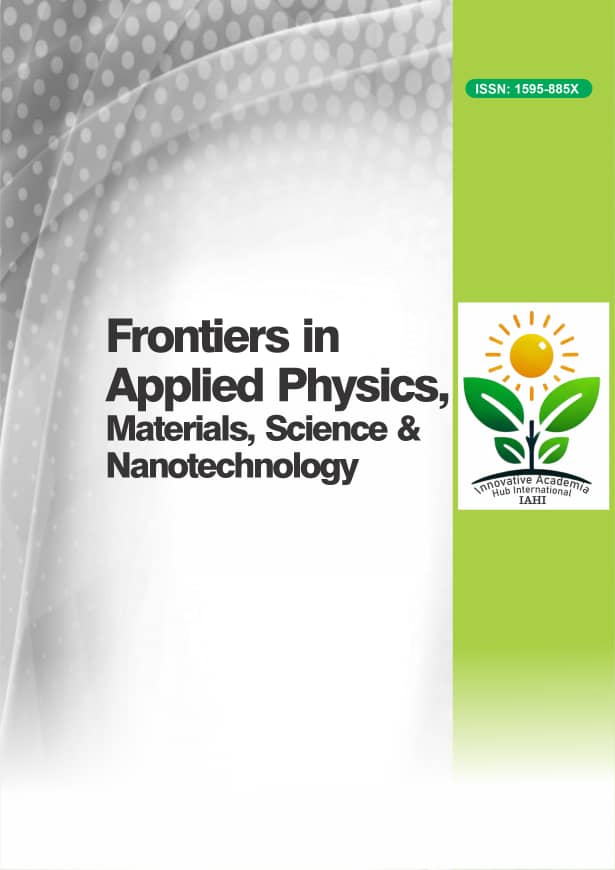Integrated Stoichiometric Mass-Balance and Coagulation Kinetics of Waste-Derived Alum, Ferric, and Lime Coagulants in Multi-Contaminant Wastewater Systems.
Published 2025-10-01
Keywords
- Waste-derived inorganic coagulants,
- Stoichiometric mass-balance modeling,
- mass-balance modeling,
- Coagulation–flocculation kinetics,
- multi-contaminant wastewater remediation
- Industrial by-product valorization,
- Sustainable sludge management ...More
Copyright (c) 2025 Frontiers in Applied Physics, Materials Science, and Nanotechnology

This work is licensed under a Creative Commons Attribution 4.0 International License.
How to Cite
Abstract
This study evaluated the performance of alum, ferric salts, and lime in removing turbidity, Pb²⁺, Cu²⁺, natural organic matter (NOM), and a synthetic dye from contaminated water. Coagulation–flocculation tests were conducted under varying pH conditions, optimal dosages, and slow mixing kinetics, with performance assessed using standard analytical methods. Results showed that ferric salts consistently achieved >90% removal of turbidity and heavy metals across a pH range of 5.5–8.0, maintained low residual iron concentrations (<0.14 mg L⁻¹), and generated the smallest sludge volumes. Alum achieved maximum turbidity removal (97.2 %) at near-neutral pH, but high doses (>55 mg L⁻¹) slightly exceeded the WHO aluminium limit (0.25 mg L⁻¹). Lime was highly effective for Pb²⁺ (98.1 %) and Cu²⁺ (96.7 %) removal under strongly alkaline conditions, though it produced the largest sludge volumes and had limited NOM and dye removal. Turbidity decay followed second-order orthokinetic aggregation (R² ≥ 0.98), with ferric salts exhibiting the highest aggregation rate constants. Overall, ferric salts are recommended for broad-spectrum treatment where pH control is limited, alum for near-neutral pH systems, and lime for heavy-metal-focused applications with adequate sludge management. These findings highlight the importance of pH optimisation, coagulant selection, and sludge handling in achieving efficient and sustainable water treatment.
